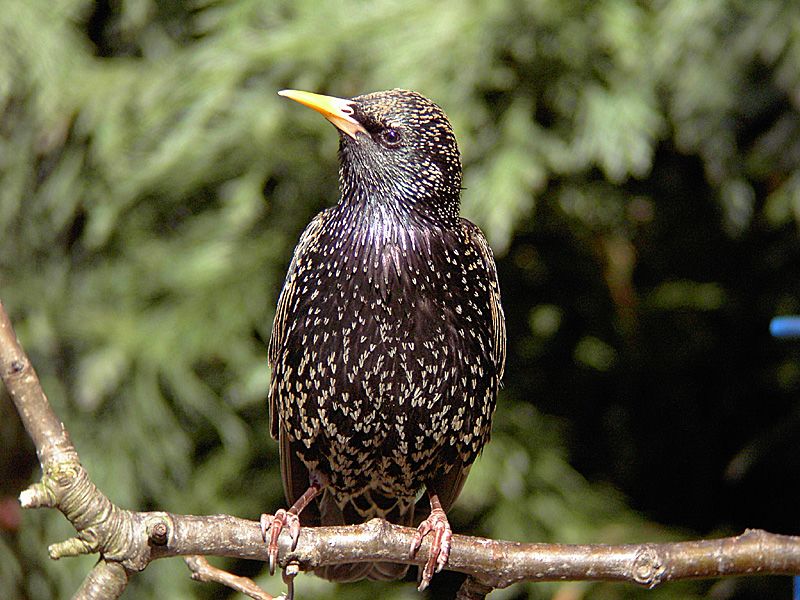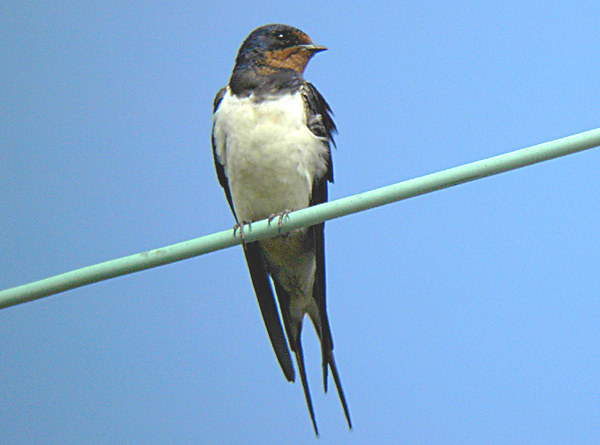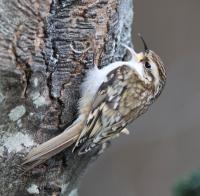- Home
- FAQs
- Customer Video Gallery
- Customer Photo Gallery
- Bird Facts
- Bird Food Blog
- Bird Information
- Feeding Advice
- Small Animal Information
- A to Z of Guinea Pigs
- A to Z of Hamsters
- A to Z of Rabbits
- Basic Care for Guinea Pigs
- Basic Care for Hamsters
- Basic Care for Rabbits
- Basic care for Chinchillas
- Basic care for Ferrets
- Basic care for Gerbils
- Basic care for Mice
- Basic care for Rats
- Buying a Healthy Small Animal
- Does your Reptile need a Licence
- Equipment for Ferrets
- Equipment for Hamsters
- Equipment for Mice
- Equipment for your Chinchilla
- Equipment for your Gerbil
- Equipment for your Guinea Pig
- Equipment for your Rabbit
- Keeping a House Rabbit
- Dog Information
- Cat Information
- Customer Information
- Fat Balls
- Suet Pellets
- Straights
- Seed Mixes
- Suet Treats
- Mealworms
- Bird Feeders
- My Account
Bird Ringing
Date: 2014-11-12 12:47:06 | Category: Bird Watching | Author: Neill Hunt
Ive spent a little time over the years bird-watching at Bird Observatories, places like Spurn Point in East Yorkshire, Portland Bill in Dorset, Holme in Norfolk. They are always great and attract a good variety of birds. They are however best during the migration season and that is their main purpose.Bird ringing at these hotspots provides us with important information about the movements of our birds and can help us to understand why, when and where our birds move to.
Birds move in many ways, not only to migrate from country to country in breeding seasons but also move in harsh weather conditions within their own country. Many birds may move to the coast during cold snaps as temperatures are nearly always a few degrees warmer at those locations, birds move during food shortages, in search of better feeding opportunities.
The numerous bird observatories spread out around the country and indeed the world, trap birds in Mist Nets, they measure, weigh, sex and age the birds, they put a small metal ring on the leg which has an individual number on it, so, if trapped again at a different location, information can be found about its movements and timeframes.
Its amazing the information that has been gained through this technique. Who’d have thought that a bird like a common ‘resident’ Starling would be found in a garden in Lancashire with a ring on its leg that shows it was rung as a youngster 1559 kilometers away in Lithuania, Amazing! We found out that Swallows migrated to Africa in the same way!
Ringing is often thought of as being cruel but no harm is done to the bird and the valuable information about movement, migration, distribution, age and longevity is incredibly useful in understanding our native birds habits and movements.






